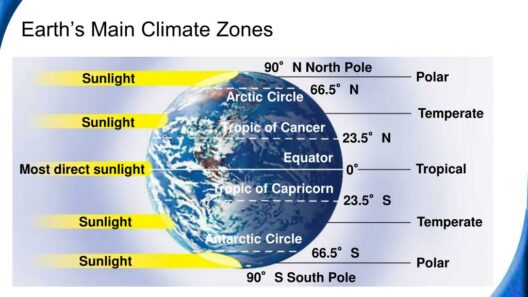The climate of New England is emblematic of classic American weather, characterized by its distinct four seasons. Each season unfolds with its own unique characteristics, offering a rich tapestry of meteorological phenomena. Yet, one might ponder: how do these seasonal shifts impact the environment and local ecosystems? This inquiry invites a deeper exploration into the nuances of New England’s climate, providing insights into both the beauty and challenges that accompany this varied atmospheric landscape.
New England, comprising the states of Maine, New Hampshire, Vermont, Massachusetts, Rhode Island, and Connecticut, boasts a temperate climate that exhibits considerable variation. Its geographical location, combined with its topography, plays a pivotal role in shaping its weather patterns. As you traverse the region, you will encounter not only rolling hills and mountains but also vast coastlines that influence temperature and precipitation. The interplay of these elements contributes to the region’s climatic diversity.
The winter months, typically spanning from December to February, blanket New England in a frosty embrace. Snowfall is a hallmark of this season, often creating picturesque landscapes but posing significant challenges for transportation and daily life. Average temperatures can plunge to well below freezing, compelling residents to bundle up against the biting cold. Yet, amid the chill, one finds opportunities for winter sports—skiing, snowboarding, and ice skating—emphasizing the duality of enjoyment and adversity. How does this seasonal metamorphosis affect local wildlife? Here, animals adapt to their surroundings, some entering hibernation while others develop thick fur to withstand frigid temperatures.
As winter yields to spring, the transformation is both gradual and dramatic. March and April herald the arrival of warmer temperatures and the revival of flora and fauna. The region witnesses a stunning array of blossoms emerging from the frostbitten earth. The spring thaw, however, is not without its caprices, as unpredictable weather patterns can lead to late-season blizzards or torrential rain. This season is emblematic of rebirth—both ecologically and culturally—as New Englanders emerge from winter’s grip, invigorated by the longer daylight hours and the promise of warmer days ahead.
Summer, from June to August, envelops New England in warmth and vibrancy. Average temperatures can range from the modest 70s to the sweltering 90s, propelled by bursts of humidity that can usher in occasional thunderstorms. The verdant landscape during this period is potent with life, as flora flourishes and fauna is abundant. Coastal areas become bustling with activity, with beaches filled with sunbathers, fishermen, and nature enthusiasts. Despite the idyllic façade, one must consider the growing threat of extreme heat events, as climate change exacerbates temperature fluctuations and leads to prolonged summer droughts.
As the season transitions, autumn graces New England with a breathtaking spectacle of foliage. From September to November, the landscape is awash in a dazzling display of reds, oranges, and yellows—a true hallmark of the region. This seasonal change signifies not only aesthetic beauty but also ecological preparation. Animals begin to gather and store food, while trees shed their leaves in a poignant reminder of the cycle of life. The crisp air and the aroma of wood smoke signal the approach of winter once again. However, this picturesque season has its challenges too, as the increase in tourists eager to witness the fall colors can strain local resources and prompt discussions about sustainable tourism practices.
The dynamic nature of New England’s climate poses certain challenges. The increasing frequency of severe weather events has become a pressing concern. Hurricanes and nor’easters are natural phenomena that have historically impacted the region, but as temperatures rise, these events may become more intense and unpredictable. Communities face the daunting task of preparing for and responding to these challenges, which necessitates a proactive approach to climate resilience. How can New England’s residents cultivate a sustainable relationship with their environment while grappling with these shifting paradigms?
Education and advocacy play crucial roles in addressing the ramifications of climate change in New England. Local organizations are actively engaged in promoting awareness and understanding of environmental issues. Initiatives aimed at conserving energy, protecting natural resources, and enhancing community resilience are increasingly vital. By fostering an ethos of stewardship, New Englanders can cultivate a sustainable ecosystem that champions both human interests and environmental health.
The climate of New England is a complex interplay of seasonal variations, each characterized by distinct traits and challenges. Understanding these seasonal dynamics is essential to appreciating the environmental tapestry that defines the region. Engaging in conversations about sustainability, and climate action, and the need for resilience can empower individuals and communities to forge a path that honors the delicate balance between human activity and environmental integrity. As New Englanders embrace their unique climate, the question remains: how will they adapt to protect the natural heritage of this storied region for future generations?








